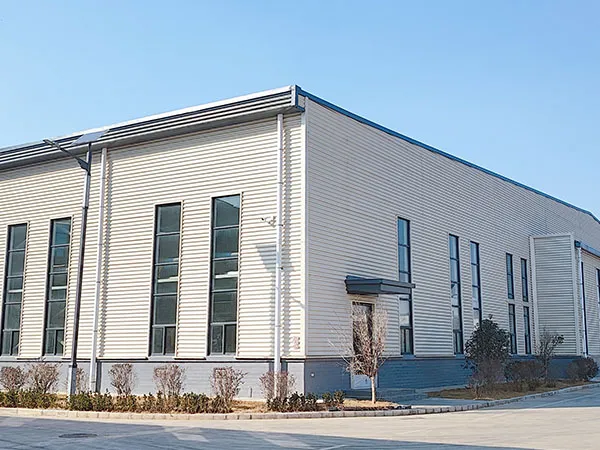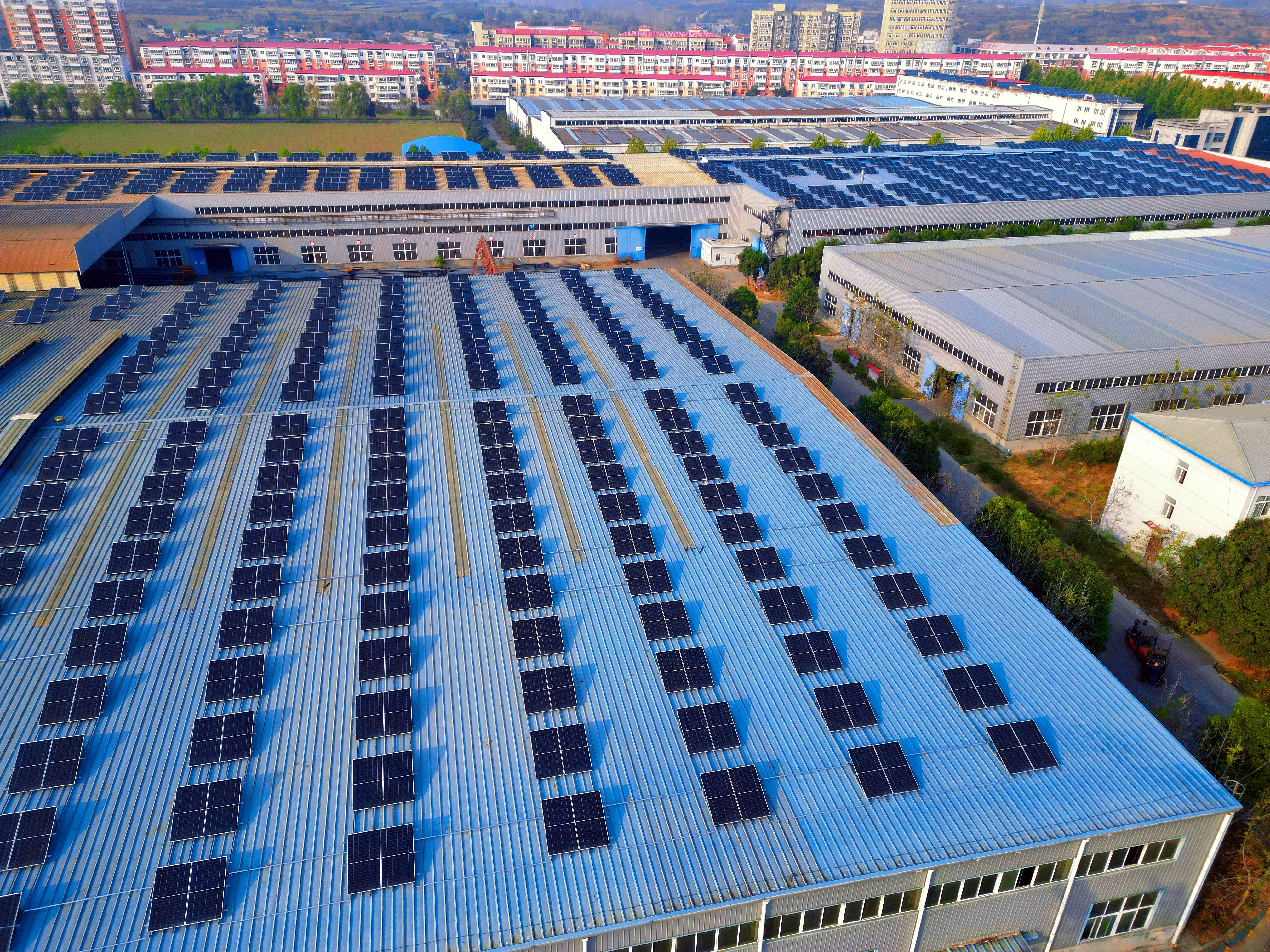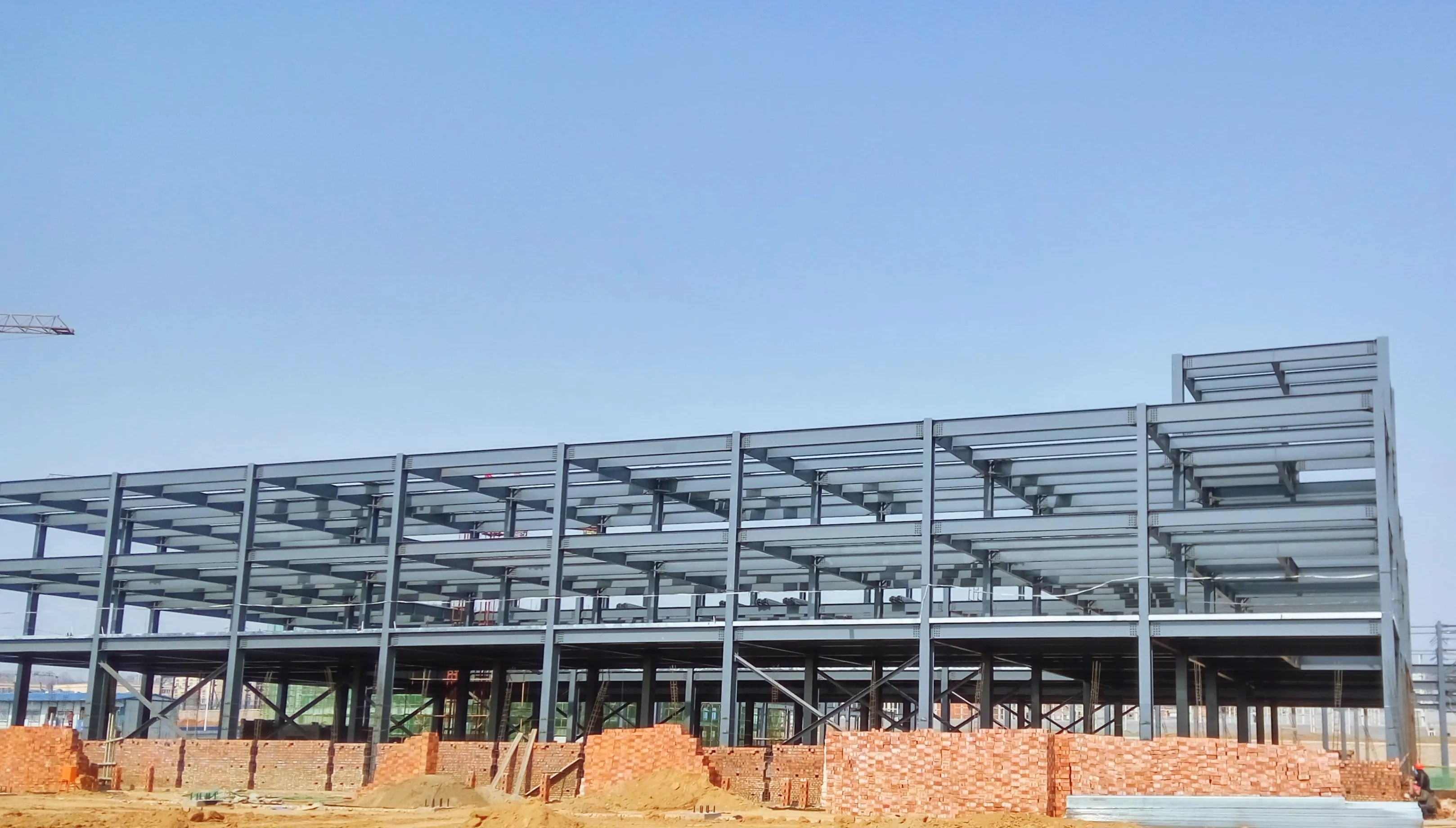Time:2025-06-06 03:32:50 Source:Sanjian Meichen Steel Structure
In today's highly competitive construction market, time is money. For steel structure projects, shortening construction cycles not only means faster returns on investment and lower financing costs, but also reduces environmental impact and offers owners greater flexibility. Efficient project delivery is a key indicator of project success. This article will reveal how to elevate steel structure project construction efficiency to new heights through refined management and innovative approaches.
Table of Contents
1. Why Shortening Steel Structure Construction Cycles Matters
2.8 Key Strategies to Accelerate Steel Structure Projects
2.1 Design Optimization
2.2 Factory Prefabrication
2.3 Efficient On-Site Installation
2.4 Digital &Smart Management
3. Case Study:20,000m2Steel Workshop Project Completed 20% Faster
4. Common Risks and Countermeasures
5. Conclusion and Practical Recommendations
Reducing the construction cycle for steel structures is crucial for improving project efficiency, minimizing labor and material costs, and speeding up return on investment. For industrial projects, every day saved can translate into significant financial benefits.
Example: In a 20,000m2 standard steel workshop, optimizing processes reduced the construction phase from 120 days to 96 days, saving 20% of time and thousands of dollars in costs.

2.1. Design Optimization
Early Contractor Involvement(ECI): Include fabricators and construction teams in early design stages to avoid complex or hard-to-build structures.
BIM Modeling & Clash Detection: Use Revit,Tekla, or Rhino to detect potential clashes between structural, MEP, and architectural elements before construction.
Standardized Components & Modular Design: Unify beam, column, and node dimensions to simplify fabrication and installation.
Simplified Connections: Reduce complex nodes to minimize on-site work.
Structural Optimization: Apply finite element analysis and topological optimization to reduce material usage while maintaining safety.
2.2 Factory Prefabrication
Module Prefabrication:Pre-assemble columns, beams, and joints in the factory for faster on-site assembly.
Advanced Fabrication Equipment: Use CNC and laser-cutting machines to improve accuracy and reduce production time.
Automated Welding: Employ robotic or semi-automated welding to increase efficiency.
Quality Control: Implement checkpoints for welding, dimensions, and assembly precision.
Parallel Workflows: Conduct multiple fabrication processes simultaneously (cutting,welding, painting, inspection) to reduce idle time.
2.3 Efficient On-Site Installation
Pre-prepared Site: Complete ground leveling, foundation work, and temporary facilities in advance.
Optimized Lifting Sequence: Plan crane operations, assembly order, and temporary support to avoid conflicts.
High-Efficiency Connections: Use high-strength bolts or quick-install connectors instead of on-site welding where possible.
Material Layout & Logistics: Organize storage and transportation routes to reduce handling time.
Skilled Workforce: Deploy experienced installation teams to reduce errors and speed up assembly.
Weather Contingency:Prepare for extreme weather conditions with alternative work schedules.
2.4 Digital & Smart Management
Project Management Software: Track progress, resource usage, and onsite issues in real time..Drones & 3D Scanning: Monitor construction progress and compare actual vs modeldeviations.
loT Sensors: Real-time monitoring of structural stress, component alignment, and weldingquality.
Data Analysis & Al: Use historical project data to optimize sequence, logistics, and resourceallocation.

| Optimization Measure | Details |
Result |
|
Early Contractor Involvement |
Fabricator consulted during design |
Design-to-construction transition reduced by 8 days |
| Modular Prefabrication | 60% of structural modules pre-assembled |
On-site installation time cut by 35% |
|
High-Efficiency Connections |
Quick-install high-strength bolts |
On-site assembly speed increased 25% |
|
Digital Management |
BIM + progress tracking + drone inspection |
Rework reduced by 40% |
|
Risk |
Countermeasure |
|
Material supply delays |
Work with reliable suppliers, maintain quality checks, and backup supply channels |
|
Frequent design changes |
Establish approval workflow and communicate changes promptly |
|
On-site handling conflicts |
Simulate layout in advance and plan assembly sequence |
|
Weather disruptions |
Schedule alternative tasks and indoor work during extreme conditions |
|
Workforce inconsistency |
Provide training, technical guidance, and onsite supervision |
|
Logistics delays |
Optimize transport routes and schedule buffers |

Shortening construction cycles requires a systematic approach, integrating design,fabrication, installation, and digital management.
Establish a Cycle Optimization Team in each project to monitor progress and implement improvements.
Record lessons learned and data from each project for continuous improvement.
Invest in modern technology: modular prefabrication,robotic welding, BIM, and IoT sensors can significantly improve efficiency.
Shortening the steel structure construction cycle isn't achieved overnight; it requires close collaboration among all project stakeholders, striving for excellence in every step, from design to on-site installation and digital management. By adopting the above techniques, you can not only achieve faster project delivery but also ensure the high quality and safety of your steel structure projects, ultimately creating greater value for all stakeholders. Efficient steel structure construction will be your core competitive advantage in the construction market.